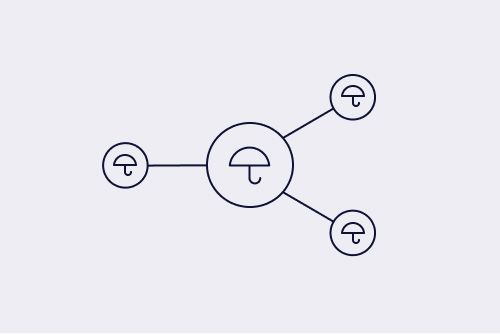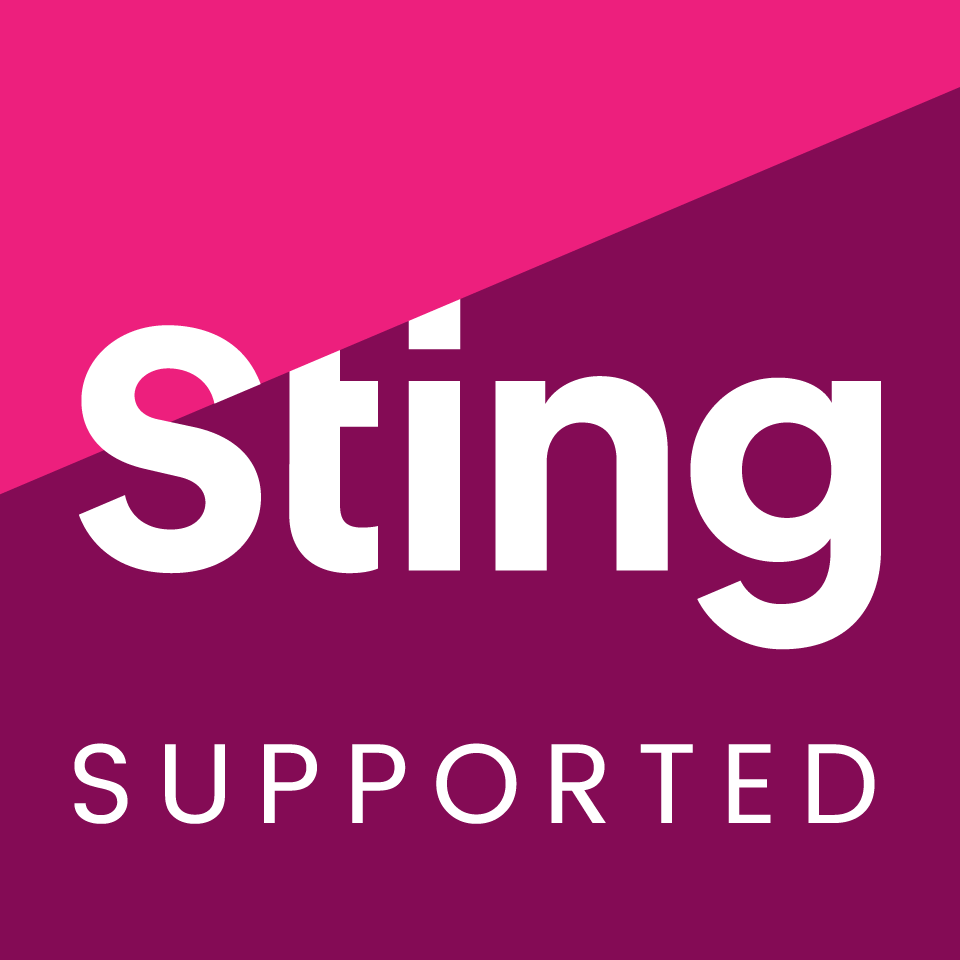SQARP's E-optimization process
What is e-optimization?
All assortment entering the SQARP platform goes through our e-optimization process. This process exists to ensure that the highest data quality standards can be maintained for all SQARP assortment over time. Further, it makes it possible for retailers (and other data collectors) to trust that the best available data, in the best and most seamlessly worked formats, can always be accessed using SQARP.
Publishing time for assortments collected from SQARP compared to traditional data distribution methods are orders of magnitude faster. This is due to the fact that the e-optimization process ensure that the formatting and enrichment required by retailers for publishing assortment is already present in the data collected from SQARP.
Lastly, the E-optimization process ensures data is standardized, enriched and quality assured to a level where data can be customized to satisfy even the most complex data demands by retailers.

Step 1: Product page groupings (variant management)
E-optimizations ensures all assortment entering the SQARP platform is complete with all data required for product page groupings. Variant management data is then available in formats that are very easily ingestible in all PIM-systems and Web Platforms.
Groupings are created in two levels: Variant Groups and Variants.
Each assortment entering the platform are classified with a set of unique variant groups (corresponding to unique product pages in e-commerce). Each group is assigned an identifier, a set of selectable attributes and a name (separating it from other variant groups).
Each variant in turn gets a reference to a variant group so that each variant that share the same reference should be included on the same product page (variant group). The process ensures that each variant has data populated for the selectable attributes, and that using the selectable attributes one can always find a unique variant. Lastly, each variant is assigned with a unique variant name - distinguishing that variant from all the other variants in the same variant group.
The E-optimization gives SQARP’s best suggestion for product pages groupings, but retailers are of course welcome to modify the relations to suit their needs and technical limitations.
Groupings are created in two levels: Variant Groups and Variants.
Each assortment entering the platform are classified with a set of unique variant groups (corresponding to unique product pages in e-commerce). Each group is assigned an identifier, a set of selectable attributes and a name (separating it from other variant groups).
Each variant in turn gets a reference to a variant group so that each variant that share the same reference should be included on the same product page (variant group). The process ensures that each variant has data populated for the selectable attributes, and that using the selectable attributes one can always find a unique variant. Lastly, each variant is assigned with a unique variant name - distinguishing that variant from all the other variants in the same variant group.
The E-optimization gives SQARP’s best suggestion for product pages groupings, but retailers are of course welcome to modify the relations to suit their needs and technical limitations.

Step 2: Deep standardized categorization
All data sources (Brands, Distributors, Databases etc.) have their own way of categorizing products, making it very difficult and manual to fit products into a local category structure. Oftentimes categorization of products is lacking completely so that images and titles must be used for local categorization.
The e-optimization process all products entering the platform is classified according to the SQARP category tree. The SQARP category structure is deep and specific enough to make sure category titles can always be used for creating appropriate product titles, and so that mapping towards retail structures can always be done without additional parsing within single categories.
A common language for categories makes it easy for retailers to map categories towards their local codes and structures - ensuring a significantly faster onboarding process.
The e-optimization process all products entering the platform is classified according to the SQARP category tree. The SQARP category structure is deep and specific enough to make sure category titles can always be used for creating appropriate product titles, and so that mapping towards retail structures can always be done without additional parsing within single categories.
A common language for categories makes it easy for retailers to map categories towards their local codes and structures - ensuring a significantly faster onboarding process.

Step 3: Inspirational data management
The best content from brands are often contained on the assortment level rather then on the product level. Meaning, there is great data on Series, Collections, Technologies, Features, Styles, Materials etc. - that are relevant for multiple products in the underlying assortment. This content is however rarely included in the product-level information and is thus seldom included in the retailers content.
A part of the e-optimization process is creating inspirational data entities with true relations to the relevant products. That way, inspirational information such as images, videos and descriptions can be save at a single source of truth, while allowing information to be easily inherited to the underlying assortment for creating richer and more complete product pages.
The e-optimized inspirational data allows retailers to seamlessly create inspirational landing-pages for all dimensions of a brand, while giving them the flexibility to merchandise products using inspirational content in a hyper-flexible fashion.
A part of the e-optimization process is creating inspirational data entities with true relations to the relevant products. That way, inspirational information such as images, videos and descriptions can be save at a single source of truth, while allowing information to be easily inherited to the underlying assortment for creating richer and more complete product pages.
The e-optimized inspirational data allows retailers to seamlessly create inspirational landing-pages for all dimensions of a brand, while giving them the flexibility to merchandise products using inspirational content in a hyper-flexible fashion.

Step 4: Media harmonization & enrichment
Media management is one of the great bottle-necks in merchandising. Assets such as images, videos and documents must first be collected, then analysed, then edited before being ready for publishing. Yet media is likely the number one driver form product page conversion and thus super-crucial for e-commerce to get right.
SQARP’s e-optimization ensures that all assets that are available for an assortment is collected and seamlessly available through the SQARP platform. No more media bank downloads, manual copy-pasting from the web or terabyte-sized transfers of asset files.
Additionally, assets are classified with meta-data to make it significantly easier to manage assets at scale. Some examples include image sorting, suggested image naming, classification of document languages and much more.
Automated media management alone can cut onboarding lead-time by upwards of 50% and SQARP’s e-optimization makes that possible.
SQARP’s e-optimization ensures that all assets that are available for an assortment is collected and seamlessly available through the SQARP platform. No more media bank downloads, manual copy-pasting from the web or terabyte-sized transfers of asset files.
Additionally, assets are classified with meta-data to make it significantly easier to manage assets at scale. Some examples include image sorting, suggested image naming, classification of document languages and much more.
Automated media management alone can cut onboarding lead-time by upwards of 50% and SQARP’s e-optimization makes that possible.

Step 5: Product relations harmonization & enrichment
With product relations we mean addons, accessories, spare-parts and other type of relations that are not recommendations of replacement products but based on compatibility with the main product. These relations are crucial both for providing great customer experiences but also for driving up average order values.
Relations are difficult to distribute between systems and are often hidden in descriptions and pdf-catalogues - making it extremely difficult for retailers to build them properly with reference to actual products.
As a part of the e-optimization process, true relations between products are created in SQARP with direct references and all the related products are created as separate entities in the database. That way, relations can seamlessly be distributed to retailers, complete with meta-data on relation type and quantity, in a standardized way that is optimized for easy ingestion.
Relations are difficult to distribute between systems and are often hidden in descriptions and pdf-catalogues - making it extremely difficult for retailers to build them properly with reference to actual products.
As a part of the e-optimization process, true relations between products are created in SQARP with direct references and all the related products are created as separate entities in the database. That way, relations can seamlessly be distributed to retailers, complete with meta-data on relation type and quantity, in a standardized way that is optimized for easy ingestion.

Step 6: Content validation & standardization
If you work with product information you know that most data-sets received from various sources is incomplete, sprawling and unreliable to manage at scale. Examples can vary from missing package dimensions on some products, EAN-numbers that are 7 characters instead of thirteen to a hundred other things.
A core part of the E-optimization process is validating and standardizing data. The process makes sure that all data available from the source is included, and validate that formats are correct. This way data collectors can trust that the data can be managed at scale without having to perform product-by-product quality assurance for any assortment.
A core part of the E-optimization process is validating and standardizing data. The process makes sure that all data available from the source is included, and validate that formats are correct. This way data collectors can trust that the data can be managed at scale without having to perform product-by-product quality assurance for any assortment.

Step 7: Unique naming of products
Uniqueness is an important concept in e-commerce. Having duplicates of products in a catalogue is terrible for a bunch of reasons - but even if no actual duplicates exist, customers must be able to easily distinguish between different but similar products.
An important feature of the E-optimization process is making sure that all assortment is compliant with our uniqueness constraint. That means all products must be unique both in terms of code and name. Code here means the combination of manufacturer name and manufacturer article number - which must be unique for each product throughout the platform. Additionally, is product must also be unique in name (or title if you will) - meaning that collecting data from SQARP means you have to spend no extra time making sure titles are unique within assortment from each brand.
An important feature of the E-optimization process is making sure that all assortment is compliant with our uniqueness constraint. That means all products must be unique both in terms of code and name. Code here means the combination of manufacturer name and manufacturer article number - which must be unique for each product throughout the platform. Additionally, is product must also be unique in name (or title if you will) - meaning that collecting data from SQARP means you have to spend no extra time making sure titles are unique within assortment from each brand.
Measuring and improving data quality over time
When assortment has passed through the E-optimization process SQARP automatically measures the completeness and quality of every brands assortment and gives feedback to the brand. This way brands know exactly what they need to improve to better meet retailers demands for high-quality data. This feedback room makes it possible to work with continuous improvement to data over time.
Interested to learn more?
Want to know what e-optimization looks like for your assortment? Or exited to try how much time you can save while improving the data quality in your online store?
Don’t hesitate to reach out - we love to talk data management with no strings attached. Go to the contact form or email us as info@sqarp.com
Building the data infrastructure for online commerce
Read SQARPs Privacy Policy here

